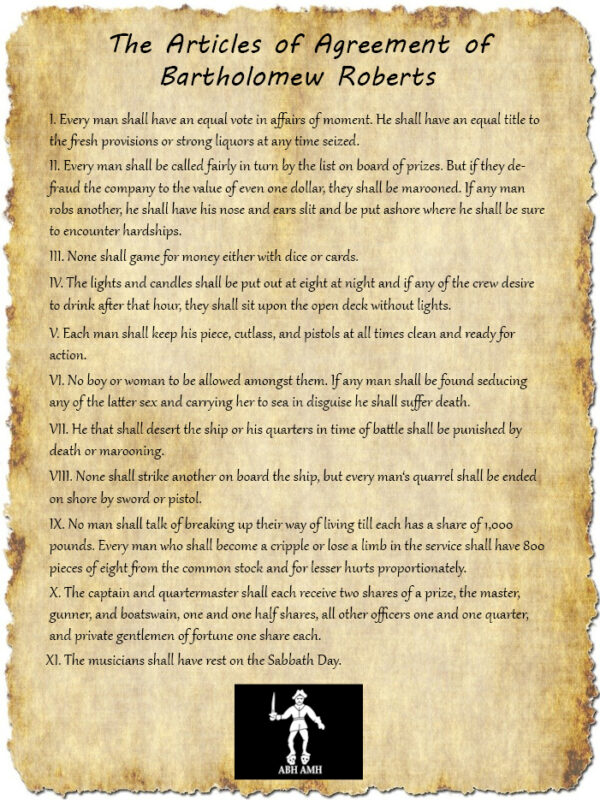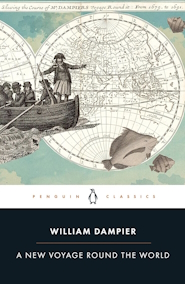
Feeding Nelson’s Navy: The True Story of Food at Sea in the Georgian Era by Janet MacDonald

The first modern study of the process of naval provisioning Explodes many myths about shipboard food and drink Written with the general reader in mind The prevailing image of food at sea in the age of sail features rotting meat and weevily biscuits, but this highly original book proves beyond doubt that this was never the norm. Building on much recent research Janet Macdonald shows how the sailor’s official diet was better than he was likely to enjoy ashore, and of ample calorific value for his highly active shipboard life. When trouble flared – and food was a major grievance in the great mutinies of 1797 – the usual reason was the abuse of the system. This ‘system’ was an amazing achievement. At the height of the Napoleonic Wars the Royal Navy’s administrators fed a fleet of more than 150,000 men, in ships that often spent months on end at sea.…
The Pirate Code of Captain Bartholomew Roberts is one of the best surviving examples of the Articles of Agreement put together by pirates. Roberts success in capturing over 400 ships in a three year time period might be as a result of the discipline instilled into the men by this strict code, which helped to keep the running of the ship smooth and fair, to avoid mutiny, and prevent other problems on board the ship. He probably based the articles on those of his predecessor Howell Davis.

A New Voyage Round the World by William Dampier
 The pirate and adventurer William Dampier circumnavigated the globe three times, and took notes wherever he went. This is his frank, vivid account of his buccaneering sea voyages around the world, from the Caribbean to the Pacific and East Indies. Filled with accounts of raids, escapes, wrecks and storms, it also contains precise observations of people, places, animals and food (including the first English accounts of guacamole, mango chutney and chopsticks). A bestseller on publication, this unique record of the colonial age influenced Robinson Crusoe, Gulliver’s Travels and consequently the whole of English literature.
The pirate and adventurer William Dampier circumnavigated the globe three times, and took notes wherever he went. This is his frank, vivid account of his buccaneering sea voyages around the world, from the Caribbean to the Pacific and East Indies. Filled with accounts of raids, escapes, wrecks and storms, it also contains precise observations of people, places, animals and food (including the first English accounts of guacamole, mango chutney and chopsticks). A bestseller on publication, this unique record of the colonial age influenced Robinson Crusoe, Gulliver’s Travels and consequently the whole of English literature.
Pages: 512
Published: 2020 (first published 1697)
ISBN: 978-0241413289